Meet Shannon Conley | Art Quilter and Cell Biologist

We had the good fortune of connecting with Shannon Conley and we’ve shared our conversation below.
Hi Shannon, we’d love to hear about how you approach risk and risk-taking
I am not a risk-taker in the jumping off cliffs with a parachute kind of way (although boy does that look fun), but I’m definitely a risk taker when it comes to artistic expression. I’m an art quilter, and while I only spent a little time in the traditional quilt space before entering the art quilt space, I come from a pretty ordinary sewing and craft background.
However, virtually all my success as an artist has come from taking risks with my materials, techniques, and artistic approaches. Amongst quilters there is often a sense of preciousness that places a very high value on materials. And while an appreciation for materials may help reduce waste, I’ve often seen this manifest as an unwillingness to use something; a desire to wait for the perfect time or perfect project. I use a lot of second hand materials, and this, coupled with a desire to use whatever I have on hand to make what I’m imaging in my head means I’m willing to try just about anything in my fiber work. If an artistic experiment doesn’t work, I have confidence that I’ll be able to use it later for something different. I frequently tell attendees to my lecture, just be brave and try something new! If it doesn’t work, you can paint over it, cut it up, and make something else.
So many of my pieces are failures, but feeling free to fail in this way gives me the opportunity to explore risky or weird ideas and then when it works, the results are exciting and fresh feeling.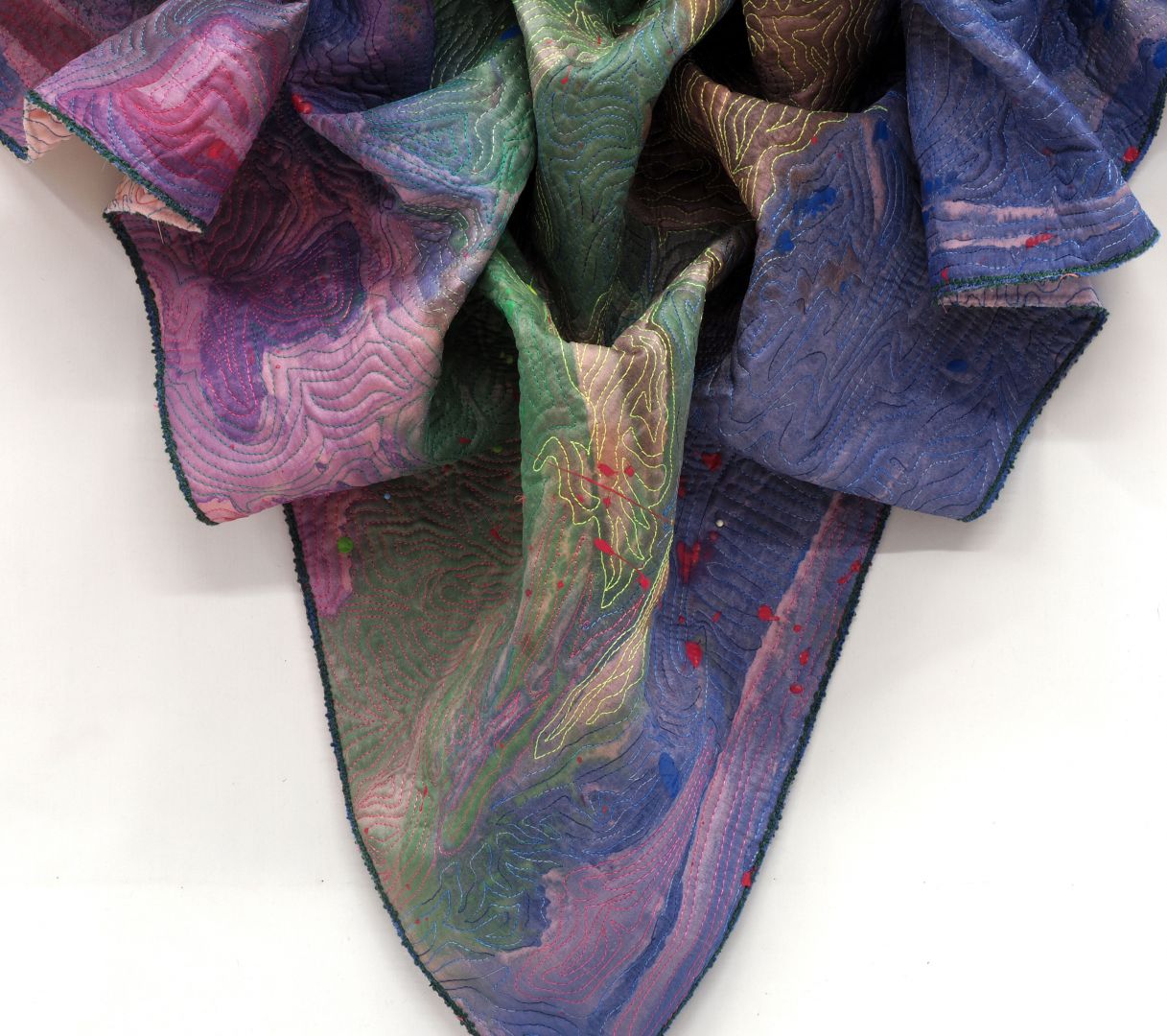
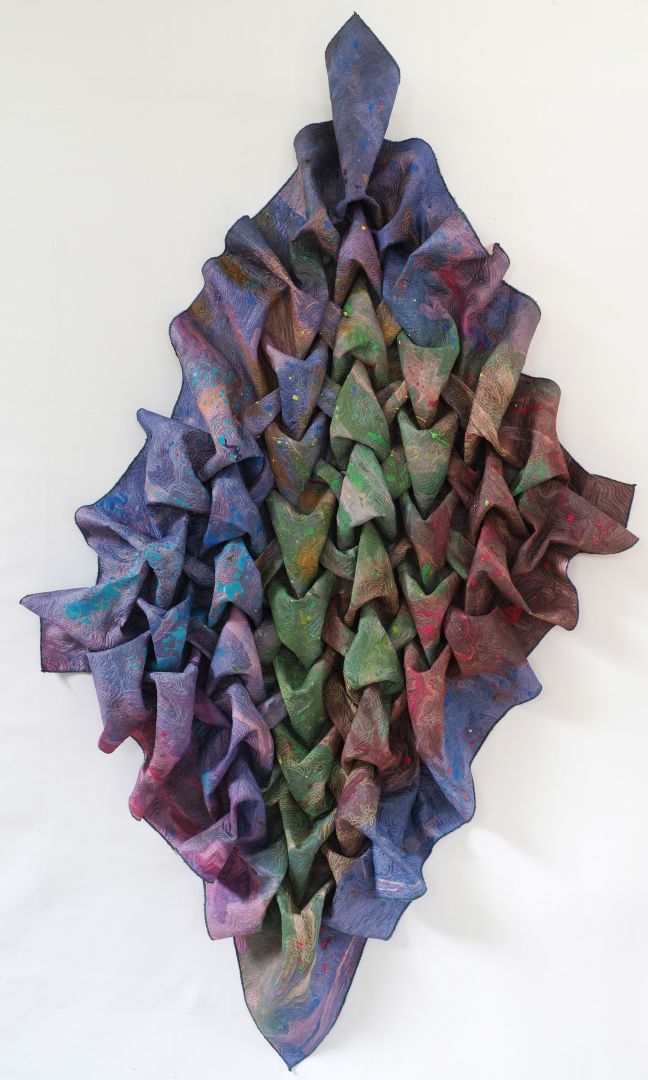
Let’s talk shop? Tell us more about your career, what can you share with our community?
I’m an art quilter and cell biologist. My artwork is informed by traditional quiltmaking but branches out beyond familiar techniques. I’m most know for my 3D art quilts and fiber sculptures, which are often inspired by the dry mountains and high desert of southern New Mexico where I grew up. My day job is as an Assistant Professor in the Cell Biology Department at the University of Oklahoma Health Sciences Center where I run a research lab focused on understanding the mechanisms underlying age-related vascular disease in the brain.
I think this scientific training and education has been absolutely essential for my artistic career. Running a research lab is all about problem solving. So much of research is about trying and failing, each experiment needing to be extensively optimized before it finally works. Much time is dedicated to developing the tools needed to answer whatever scientific question we’re interested in. This comfort with things not working, with using each “failure” as a piece of the pathway to getting something to work has served me very well as an artist.
Maybe it’s just years of getting used to things not working, but I’m just not bothered by art pieces that don’t work or are unsuccessful. As a result, I’m always excited to try something new, to experiment with something that might be weird or unusal or not work at all. It’s been such a privilege to have this internal confidence, not confidence that I’m a great artist, but confidence that with perserverance I can make something that expresses my artistic vision, even if it’s not the first or second or even third try.
This comfort with failure also leads to so many more opportunities for creativity. I love using what I have on hand, and very often that’s the leftovers of a piece that didn’t work. Using these cast-off materials is so much fun, it’s absolutely thrilling to make something wonderful and new out of stuff that was just taking up space in my studio.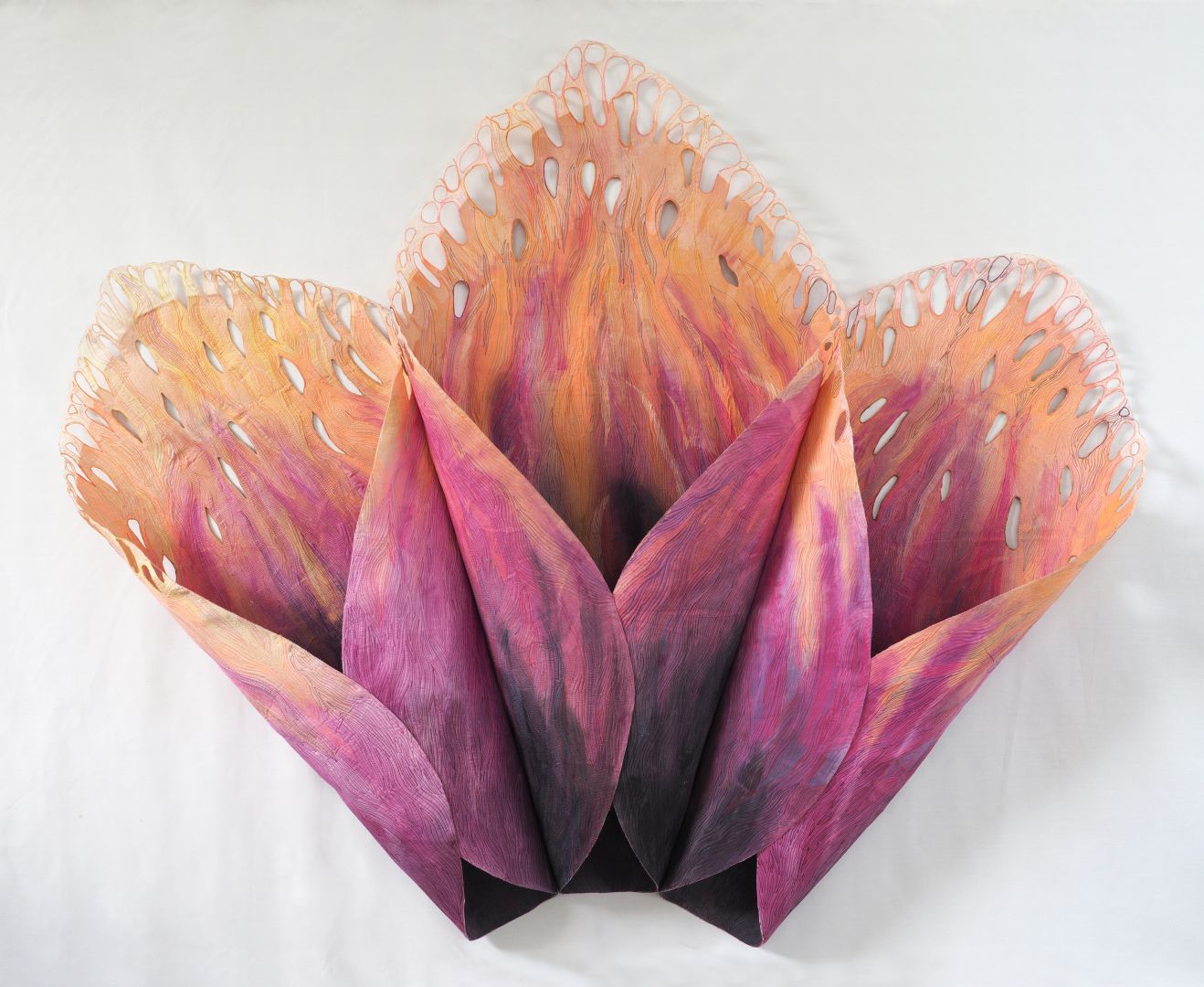
Let’s say your best friend was visiting the area and you wanted to show them the best time ever. Where would you take them? Give us a little itinerary – say it was a week long trip, where would you eat, drink, visit, hang out, etc.
I currently live in the suburbs of Oklahoma City and while I will always be most at home in the mountain west (I grew up in New Mexico), the Great Plains ecosystem has wormed its way into my heart as well. There are lots of wonderful things to do in Oklahoma City, including visits to the moving Oklahoma City National Memorial and the delightful Oklahoma City Museum of Art. But when friends come to visit, I’m much more likely to take them to explore the outdoors in the area surrounding Oklahoma City.
We’d probably go rose rock hunting at Lake Stanley Draper, searching for the beautiful and distinctive barite formations. And then perhaps drive down to the Wichita mountains just an hour southwest to explore the wildlife refuge. It’s filled with bison and prairie dogs and hiking trails, and preserves a variety of native ecosystems including the grasslands of the central plains. As someone who grew up in the forest and desert, its taken me a long time to appreciate the vibrant range of life that lives in native grasslands. I like to share that with whoever comes to visit me, to show them that uniform overview one gets from the plains hides a wonderful array of biodiversity if you look just a little closer.
Shoutout is all about shouting out others who you feel deserve additional recognition and exposure. Who would you like to shoutout?
My success as an art quilter is due largely to support from two fellow art quilters, Betty Busby and Vicki Conley (my mother), and to Studio Art Quilt Associates (SAQA). SAQA is a professional organization for art quilters that embraces fiber artists at all career stages, providing educational opportunities, exhibition opportunities, career development resources, and artistic fellowship.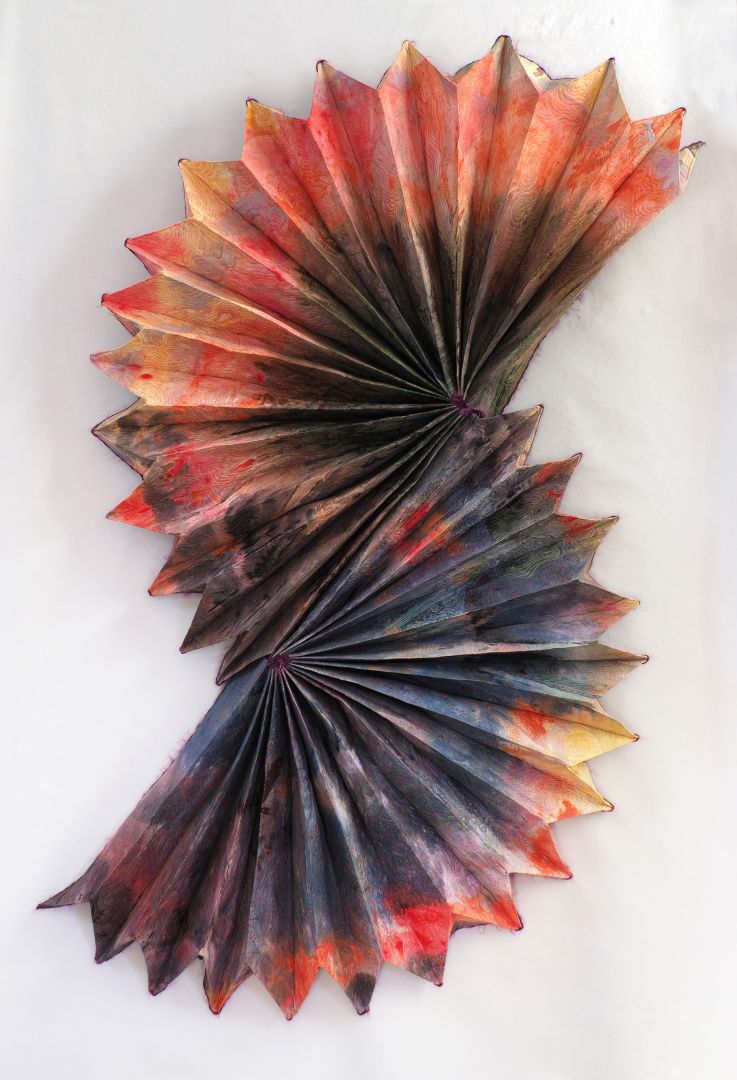
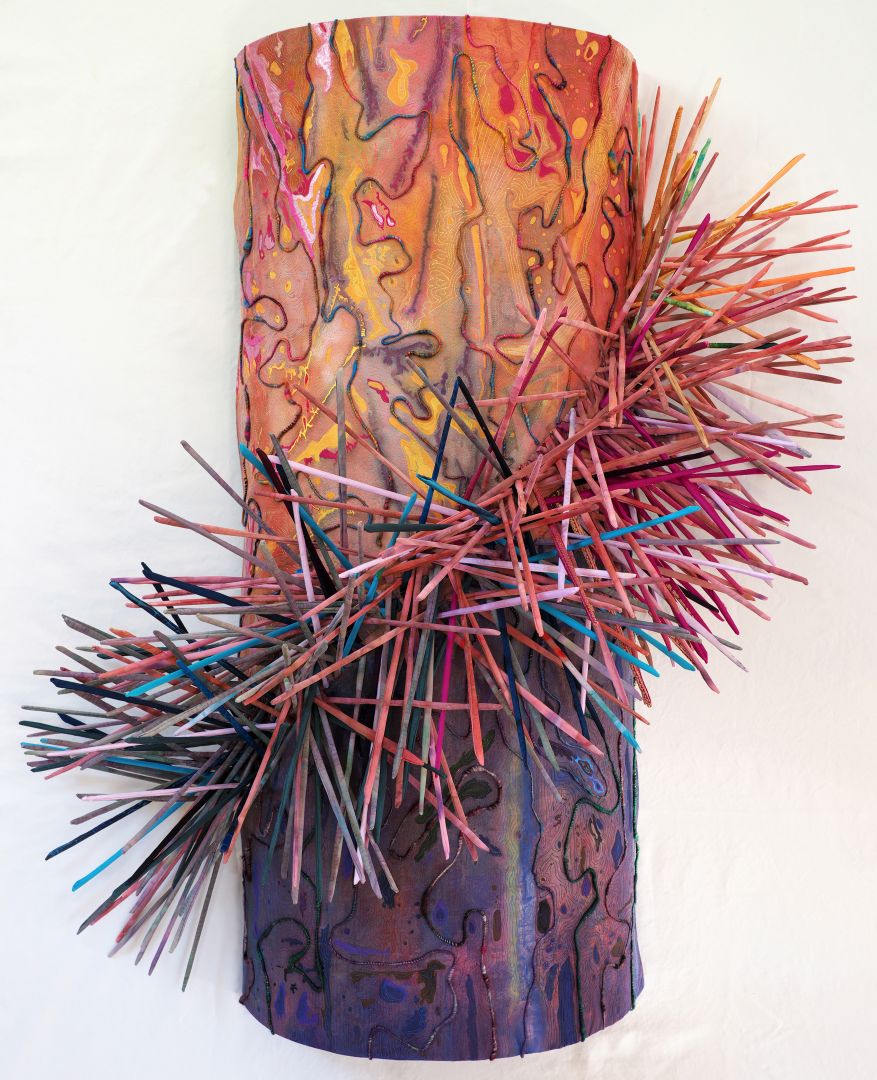
Website: shannonconleyartquilts.com
Instagram: @shannon_m_conley
